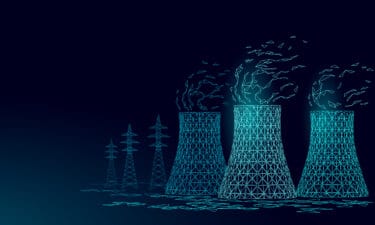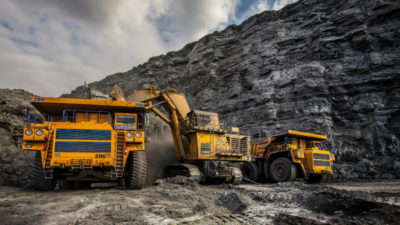North America is in the midst of an energy revolution.
Thanks to new technologies like horizontal drilling and hydraulic fracturing, billions of barrels of previously unexploitable oil and gas are now flowing out of shale beds across the continent. And the development has created a fortune for investors.
In part five of my conversation with resource investor Rick Rule, we discuss:
-
The investment opportunity in North America’s shale oil bonanza.
-
What the United States can teach the world about tight oil drilling.
-
And how the coming global shale revolution could change everything you know about the energy industry.
Below is the transcript of our conversation; it has been lightly edited for clarity.
Robert Baillieul: Earlier this month, the Baytex Energy (TSX:BTE, NYSE:BTE) announced a $2.6 billion friendly takeover bid for Aurora Oil & Gas (TSX:AEF) to bulk up its position in the Texas Eagle Ford. Valuation wise, the numbers are absolutely incredible with Baytex is paying somewhere north of US$100,000 per acre.
There’s so much talk about the shale revolution in the United States. It’s either the next big thing or the biggest waste of capital in history. Where do you come out on this shale revolution?
Rick Rule: It’s spectacular. It’s an example of markets working.
We had an incredibly rapid run up in hydrocarbon prices early in the last decade. That rapid run-up in commodity prices as well as a confluence of three or four technologies developed over 20 years – measurement well drilling, horizontal drilling, and multistage fracturing, and 3D seismic imaging – gave us the ability to unlock economically hydrocarbons where we knew they had been placed but we didn’t know how to exploit them.
Combine that with the extraordinary disaggregated industry that we have here in the United States. Where the mineral rights are tied to land but can be severed. Where you have 40 or 50 exploration teams trying to answer unanswered questions with regards to a formation that is a very distributed approach to risk. With that you have the ability to answer many unanswered questions.
All of this has resulted in this unique event where a very mature hydrocarbon producing province like the United States was still able to produce a very rapid rise in production in what was thought to be a mature, in fact stale, development.
The impact of shale on a global basis will really be a function of other political environments – Argentina, Russia, China – learning from the American experience and not attempting to apply top-down methodologies where one exploration team, one production team, tries to unlock the unique characteristics in one basis. It take 30 or 50 people competing, making mistakes, achieving breakthroughs. It’s the cumulative effect of many incremental successes building on each other to unlock shale in places like the Eagle Ford in Texas, the Montney in Canada, and the Bakken in North Dakota, come to be economic.
It’s striking to look at the differences in terms of basic responses between the United States, for example, and say Poland, Germany, France, Argentina, China, or Saudi Arabia. The impact that shale could have on the global economy is unprecedented. It will require a cleaning in market related attitudes really on a global basis. And it may come.
I have some faith in, to paraphrase Churchill, I have some faith in people to do the right thing when they have exacerbated all of the available alternatives.
Baillieul: The issues that I see holding back such a global shale revolution is the geology and politics. Can the market overcome those issues internationally like they have in the U.S.?
Rule: I think you hit it right on the head. There are not technical issues. There are process issues. There’re countries that for structural reasons haven’t learned the U.S. lesson.
Those situations could continue. For example if China continues to rely on one or two state-owned firms to make the Sichuan Basin productive it will take them 20 or 30 years. If the government of Argentina decides that they themselves will exploit Vaca Muerta basin they’ll never get it done. If the United States continues to constrain its own industries, the benefits that we are enjoying now with a resurgence in energy production will become muted.
If my contrast we look at the lessons learned in the development of shale production in the United States and we begin to began to employ them in other tight basins on a global basis, we will enjoy as a society over a 100 or a 150 years of substantially greater energy security and relative price stability. This is really going to be purely a political discussion.
Coming up next…
However, the real problem facing the energy industry is actually transporting that new oil production to market. In the final part of my conversation with Rick, we’ll discuss whether the sector can overcome these midstream challenges.







